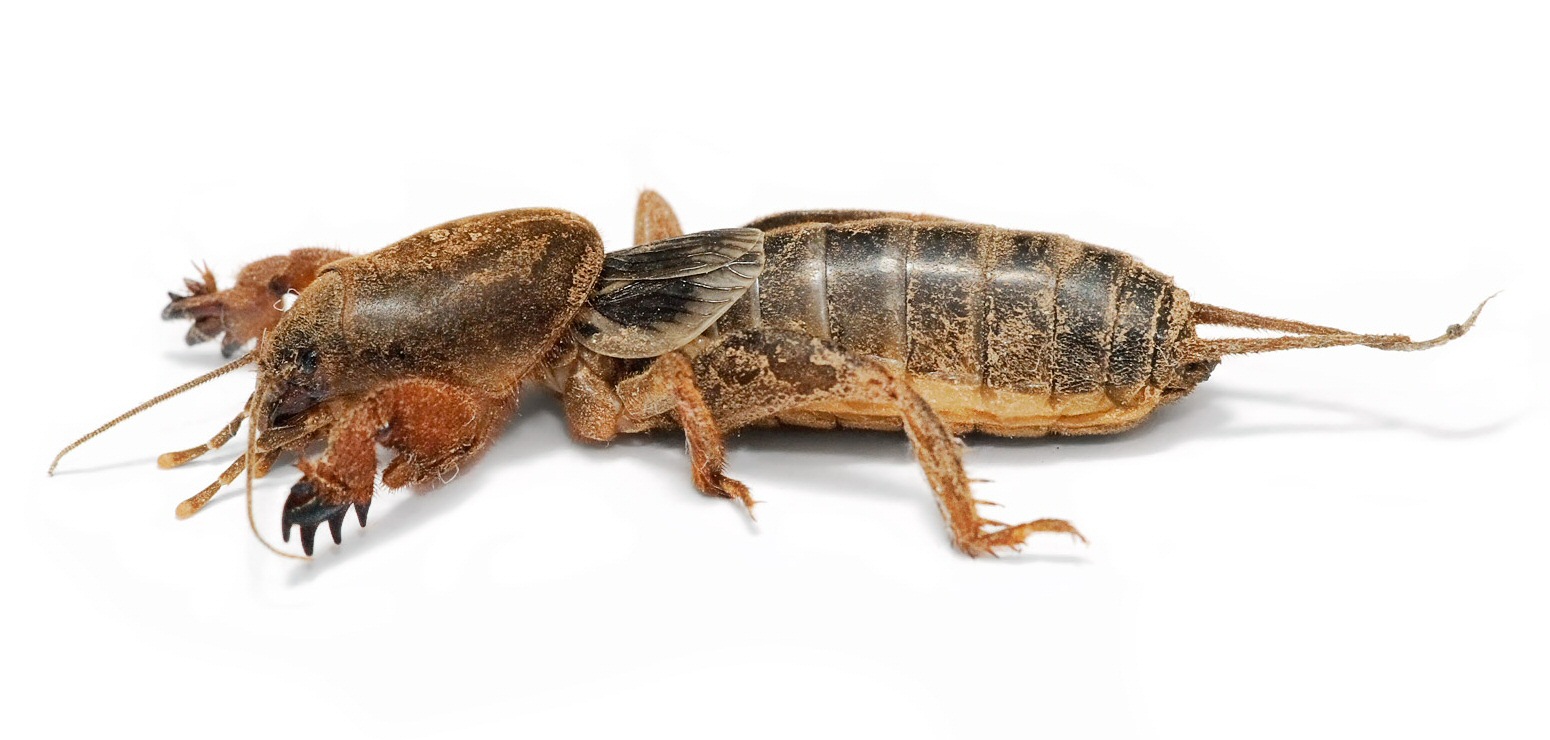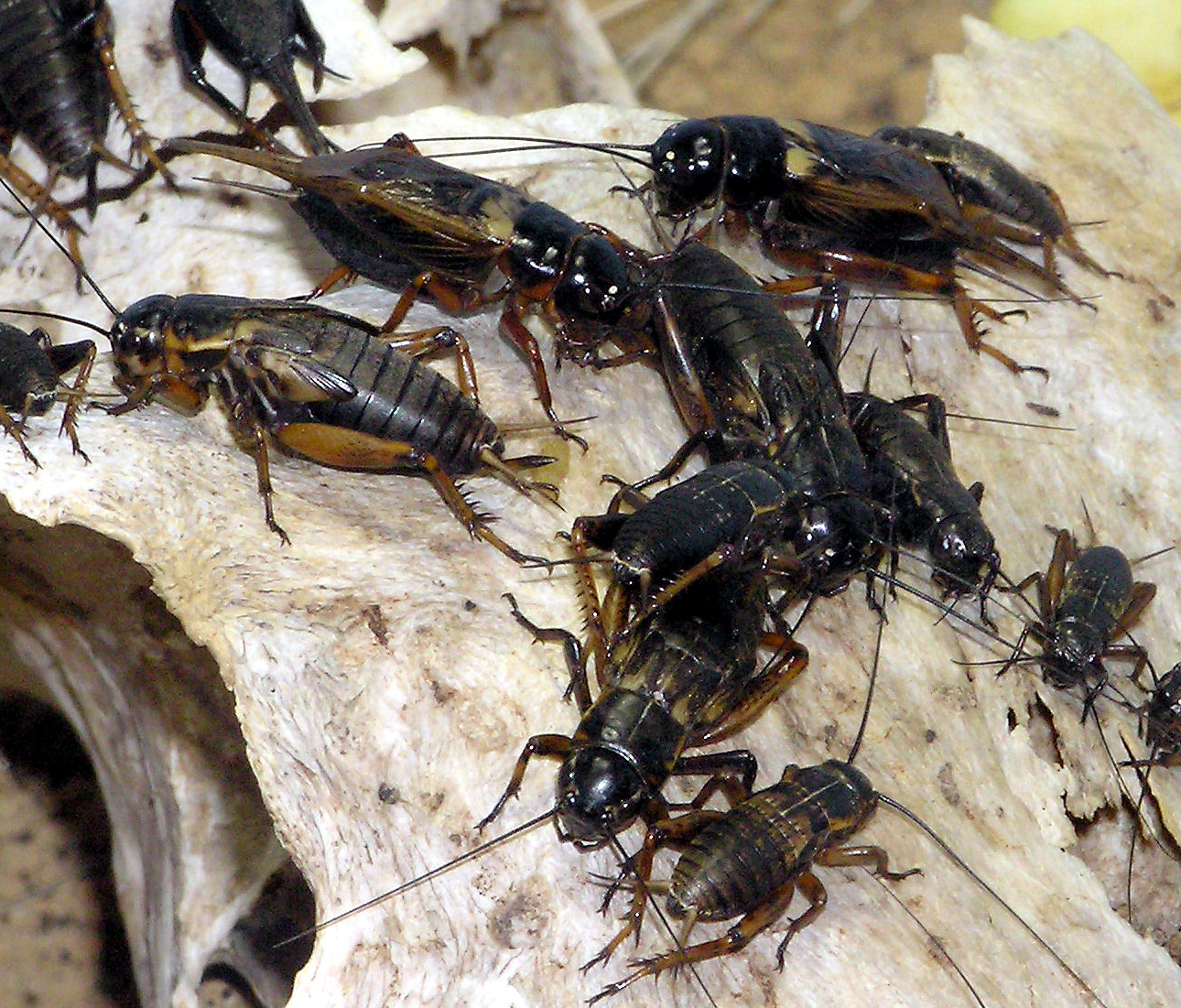|
Eumodicogryllus
''Eumodicogryllus''Gorochov AV (1986) ''Trudy Zool. Inst., Akad. Nauk SSSR, Leningrad'' 140: 3. is a genus of crickets in the family Gryllidae and tribe Modicogryllini. Species in this genus are similar to - and were originally considered a subgenus of - ''Modicogryllus (Eumodicogryllus)''; they have been recorded from: Europe, northern Africa and temperate Asia. Species The ''Orthoptera Species File'' includes: * ''Eumodicogryllus bordigalensis'' (Latreille, 1804) ** type species (as ''Gryllus ''Gryllus'' is a genus of field cricket (Orthoptera, Gryllidae, Gryllinae). Members of the genus are typically 15–31 mm long and darkly coloured. The type species is '' Gryllus campestris'' L.: the European field cricket. Until the mid- ... bordigalensis'' Latreille) is:subspecies ''E. bordigalensis bordigalensis'' (Latreille, 1804) ** subspecies ''E. bordigalensis turcomanorum'' (Semenov, 1915) * '' Eumodicogryllus chivensis'' (Tarbinsky, 1930) * '' Eumodicogryllus thery ... [...More Info...] [...Related Items...] OR: [Wikipedia] [Google] [Baidu] |
Modicogryllini
ModicogrylliniOtte D, Alexander RD (1983) ''Monographs Acad. nat. Sci. Philad.'' 22: 88. is a tribe of crickets (Orthoptera: Ensifera) of the family Gryllidae. Species are terrestrial, carnivorous or omnivorous and can be found in all continenents except Antarctica. Genera The ''Orthoptera Species File'' lists: * '' Acophogryllus'' Gorochov, 1996 ** monotypic ''A. schultzei'' (Gorochov, 1996) * '' Angolagryllus'' Otte, 1994 ** monotypic ''A. macrocephala'' (Otte, 1987) * '' Apedina'' Otte & Alexander, 1983 * '' Apterocryncus'' Gorochov, 1990 ** monotypic ''A. martini'' (Bolívar, 1900) * '' Aritella'' Otte & Alexander, 1983 * '' Astrupia'' Otte, 1987 * '' Cyrtoprosopus'' Chopard, 1951 ** monotypic ''C. stramineus'' Chopard, 1951 * ''Eumodicogryllus'' Gorochov, 1986 * '' Geogryllus'' Otte & Perez-Gelabert, 2009 * '' Gryllopsis'' Chopard, 1928 * '' Kazuemba'' de Mello, 1990 ** monotypic ''K. walderi'' de Mello, 1990 * ''Lepidogryllus'' Otte & Alexander, 1983 * ''Mitius'' Gor ... [...More Info...] [...Related Items...] OR: [Wikipedia] [Google] [Baidu] |
Modicogryllus
''Modicogryllus''Chopard (1961) 960''Eos'' 37(3): 272. is the type genus of crickets in the tribe Modicogryllini. Species have been recorded from: Europe, Africa, the middle East, temperate and tropical Asia through to Australia and western Pacific islands. Species The ''Orthoptera Species File'' includes: ;subgenus ''Amodicogryllus'' Gorochov, 1996 * '' Modicogryllus pseudocyprius'' Gorochov, 1996 ;subgenus ''Modicogryllus'' Chopard, 1961 * '' Modicogryllus abrictos'' Otte, 2007 * '' Modicogryllus algirius'' (Saussure, 1877) * '' Modicogryllus alluaudi'' (Chopard, 1932) * '' Modicogryllus amani'' Otte & Cade, 1984 * '' Modicogryllus angustulus'' (Walker, 1871) * '' Modicogryllus aterrimus'' Chopard, 1963 * '' Modicogryllus badius'' Gorochov, 1988 * '' Modicogryllus beibienkoi'' (Chopard, 1938) * '' Modicogryllus brincki'' (Chopard, 1955) * '' Modicogryllus buehleri'' (Chopard, 1954) * '' Modicogryllus castaneus'' (Chopard, 1928) * ''Modicogryllus chopardi'' Bhowmik, 1971 * ... [...More Info...] [...Related Items...] OR: [Wikipedia] [Google] [Baidu] |
Grylloidea
Grylloidea is the superfamily of insects, in the order Orthoptera, known as crickets. It includes the " true crickets", scaly crickets, wood crickets and other families, some only known from fossils. Grylloidea dates from the Triassic period and contains about 3,700 known living species in some 528 genera, as well as 43 extinct species and 27 extinct genera. Characteristics The features which distinguish crickets in the superfamily Grylloidea from other Ensiferans are long, thread-like antennae, three tarsal segments, slender tactile cerci at the tip of the abdomen and bulbous sensory bristles on the cerci. They are the only insects to share this combination of characteristics. The term cricket is popularly used for any cricket-like insect in the order Ensifera, being applied to the ant crickets, bush crickets ( Tettigoniidae), Jerusalem crickets (''Stenopelmatus''), mole crickets, camel crickets and cave crickets ( Rhaphidophoridae) and wētā (Anostostomatidae), and the ... [...More Info...] [...Related Items...] OR: [Wikipedia] [Google] [Baidu] |
Gryllidae
The family ''Gryllidae'' contains the subfamilies and genera which entomologists now term true crickets. Having long, whip-like antennae, they belong to the Orthopteran suborder Ensifera, which has been greatly reduced in the last 100 years (''e.g.'' ImmsImms AD, rev. Richards OW & Davies RG (1970) ''A General Textbook of Entomology'' 9th Ed. Methuen 886 pp.): taxa such as the spider-crickets and allies, sword-tail crickets, wood or ground crickets and scaly crickets have been elevated to family level. The type genus is '' Gryllus'' and the first use of the family name "Gryllidae" was by Walker. They have a worldwide distribution (except Antarctica). The largest members of the family are the -long bull crickets ('' Brachytrupes'') which excavate burrows a metre or more deep. The tree crickets ( Oecanthinae) are delicate white or pale green insects with transparent fore wings, while the field crickets ( Gryllinae) are robust brown or black insects. Subfamilies The fami ... [...More Info...] [...Related Items...] OR: [Wikipedia] [Google] [Baidu] |
Tribe (biology)
In biology, a tribe is a taxonomic rank above genus, but below family (biology), family and subfamily. It is sometimes subdivided into subtribes. By convention, all taxonomic ranks from genus upwards are capitalized, including both tribe and subtribe. In zoology, the standard ending for the name of a zoological tribe is "-ini". Examples include the tribes Goat-antelope#Tribe Caprini, Caprini (goat-antelopes), Hominini (hominins), Bombini (bumblebees), and Thunnini (tunas). The tribe Hominini is divided into subtribes by some scientists; subtribe Hominina then comprises "humans". The standard ending for the name of a zoological subtribe is "-ina". In botany, the standard ending for the name of a botanical tribe is "-eae". Examples include the tribes Acalypheae and Scilloideae#Hyacintheae, Hyacintheae. The tribe Hyacintheae is divided into subtribes, including the subtribe Massoniinae. The standard ending for the name of a botanical subtribe is "-inae". In bacteriology, the form ... [...More Info...] [...Related Items...] OR: [Wikipedia] [Google] [Baidu] |
Gryllus
''Gryllus'' is a genus of field cricket (Orthoptera, Gryllidae, Gryllinae). Members of the genus are typically 15–31 mm long and darkly coloured. The type species is '' Gryllus campestris'' L.: the European field cricket. Until the mid-1950s, native field crickets in eastern North America were all assigned to a single species, ''Acheta assimilis'' Fabricius. Although regional variation in calling song and life history were noted,Rehn, J.A.G., and Hebard, M. (1915). The genus ''Gryllus'' (Orthoptera) as found in America. ''Proc. Acad. Nat. Sci. Phila.'' 67:292-322.Fulton, B. B. 1952. Speciation in the field cricket. Evolution 6, 283-295. no morphological characters could be found to reliably distinguish these variants.Alexander, R.D. (1957). The taxonomy of the field crickets of the eastern United States (Orthoptera: Gryllidae: Acheta). ''Ann. Entomol. Soc. Am.'' 50:584-602. Building upon the pioneering work of Fulton, Alexander used male calling song, life history and cr ... [...More Info...] [...Related Items...] OR: [Wikipedia] [Google] [Baidu] |
Ensifera Genera
Ensifera is a suborder of insects that includes the various types of crickets and their allies including: true crickets, camel crickets, bush crickets or katydids, grigs, weta and Cooloola monsters. This and the suborder Caelifera (grasshoppers and their allies) make up the order Orthoptera. Ensifera is believed to be a more ancient group than Caelifera, with its origins in the Carboniferous period, the split having occurred at the end of the Permian period. Unlike the Caelifera, the Ensifera contain numerous members that are partially carnivorous, feeding on other insects, as well as plants. ''Ensifer'' is Latin for "sword bearer", and refers to the typically elongated and blade-like ovipositor of the females. Characteristics Characteristics shared by the two orthopteran suborders, Caelifera and Ensifera, are the mouthparts adapted for biting and chewing, the modified prothorax, the hind legs modified for jumping, the wing shape and venation, and the sound-producing strid ... [...More Info...] [...Related Items...] OR: [Wikipedia] [Google] [Baidu] |
Crickets
Crickets are orthopteran insects which are related to bush crickets, and, more distantly, to grasshoppers. In older literature, such as Imms,Imms AD, rev. Richards OW & Davies RG (1970) ''A General Textbook of Entomology'' 9th Ed. Methuen 886 pp. "crickets" were placed at the family level (''i.e.'' Gryllidae), but contemporary authorities including Otte now place them in the superfamily Grylloidea. The word has been used in combination to describe more distantly related taxa in the suborder Ensifera, such as king crickets and mole crickets. Crickets have mainly cylindrically-shaped bodies, round heads, and long antennae. Behind the head is a smooth, robust pronotum. The abdomen ends in a pair of long cerci; females have a long, cylindrical ovipositor. Diagnostic features include legs with 3-segmented tarsi; as with many Orthoptera, the hind legs have enlarged femora, providing power for jumping. The front wings are adapted as tough, leathery elytra, and some cricket ... [...More Info...] [...Related Items...] OR: [Wikipedia] [Google] [Baidu] |


